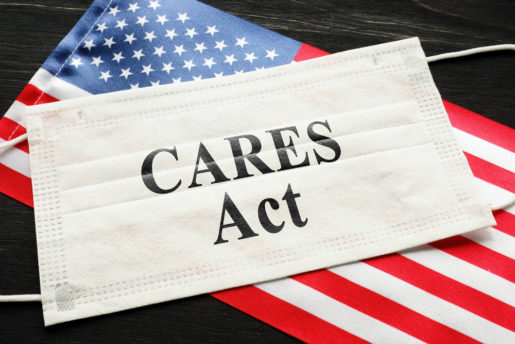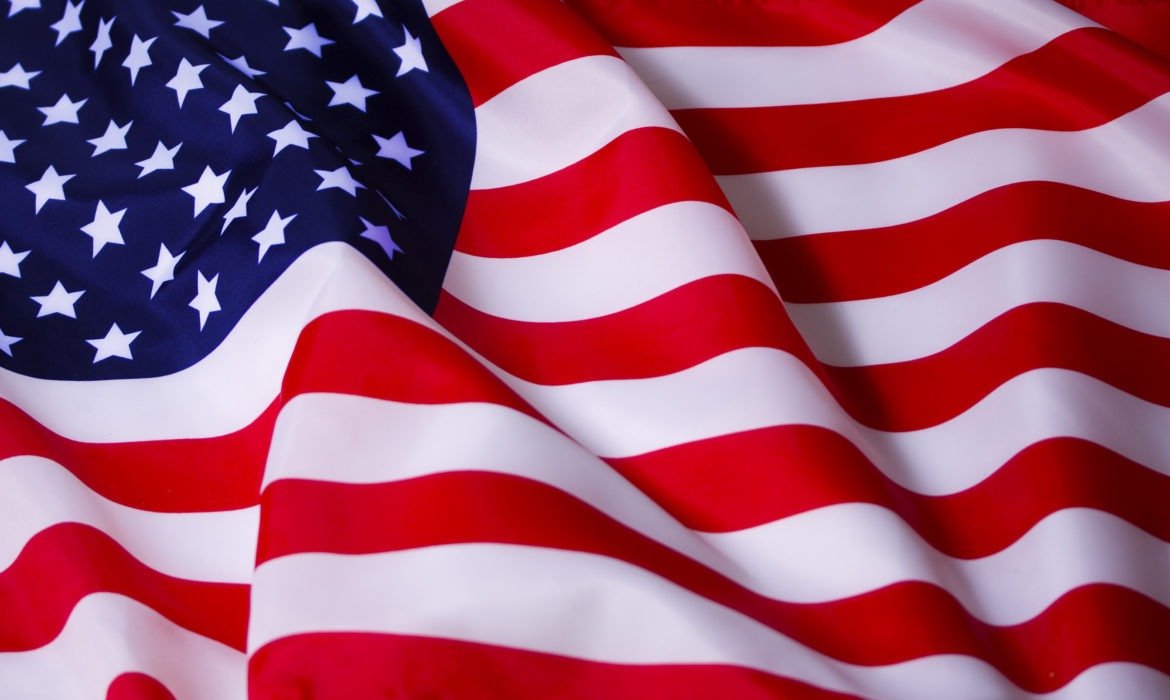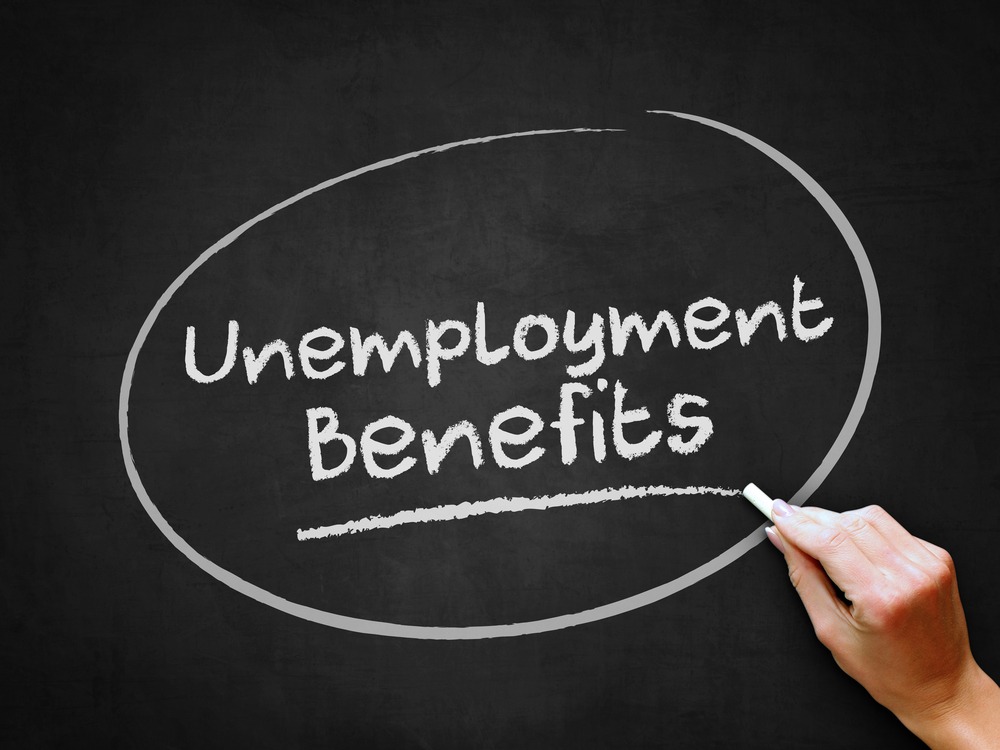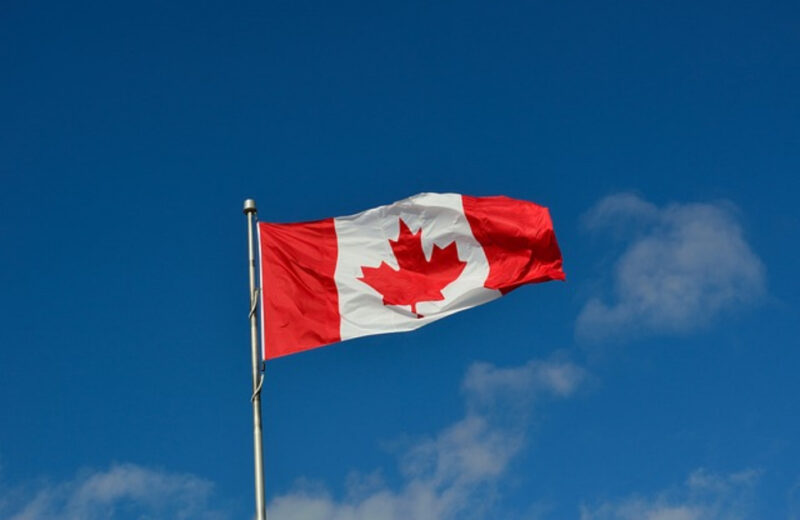Workers in a handful of states might soon see a $300-a-week bump in their unemployment benefits.
The federal government has approved funding for seven states: Utah, New Mexico, Missouri, Louisiana, Iowa, Colorado, and Arizona. Thus, according to the Federal Emergency Management Agency, the federal government will offer them the $300 supplement to jobless benefits. The agency is overseeing the assistance.
Recently, the United States President, Donald Trump, signed an act. It includes the aid which will come after a $600-a-week federal subsidy enacted by Congress early in the coronavirus recession ended. Spanning from early April to the end of July, it had been in place for about four months.
Many other states have not yet committed to offering the $300 federal subsidy. Officials have cited administrative, cost, and legal concerns.
According to Gov. Kristi Noem, South Dakota is not applying for the assistance.
It is unclear (if any) additional states have applied for the assistance but have yet to receive approval.
A spokesperson of FEMA declined to comment. She said that, as additional states are approved, the agency will continue to update its website.
States that were approved for it, ‘lost wages assistance’ could potentially start paying out the $300 federal subsidy as soon as this week.
The funding will be available once the federal grant is signed and approved by states after one business day. This is according to a recent memo FEMA issued about the program. According to FEMA, the seven states had received approval over the weekend.
Nevertheless, the exact timing is unclear so far. States will figure out how to adjust their systems and administer the funds accordingly.
Unemployment Benefits
At least one state estimated that it would pay out the aid in less than one week from its grant award. This is retroactive to August 1, according to the memo from the agency.

On average, the states will most probably be able to pay out the assistance by August 29. That is what agency estimates.
Nevertheless, it will likely take much longer. It may keep going well into September. This is according to unemployment experts.
The aid is not technically unemployment insurance. This means that officials must build out an entirely new system that interacts with the current unemployment framework.
Moreover, some restrictions might prove complex relative to the administration in place. For example, people who get less than $100 a week in unemployment benefits are not eligible for the $300 federal subsidy. By some estimates, that can omit around 1 million people or more.
The supplement arrives on top of the weekly assistance states pay.
According to the Labor Department, on average, in June, states paid $308 a week. Some, like Mississippi and Louisiana, paid less than $200.
According to the FEMA memo, states approved for funding are only guaranteed to get three weeks’ worth of federal assistance. Experts said that early adopters might get more than other states.
Any forthcoming congressional agreement on a federal unemployment supplement will supersede the lost wages assistance.
However, Congress must reconcile disagreements concerning the lapsed $600-a-week in aid.
Let us wait and see what happens in the United States.














